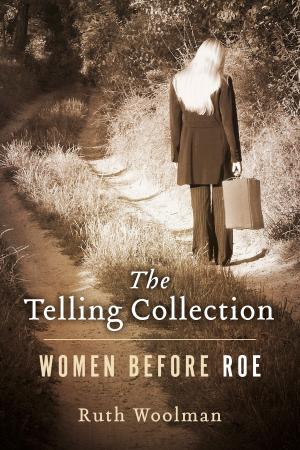The Lynx and the Lioness: When a Sibling Kills!
Nonfiction, Health & Well Being, Psychology, Mental Illness| Author: | Susan Anthony-Tolbert | ISBN: | 9781483565149 |
| Publisher: | BookBaby | Publication: | March 21, 2016 |
| Imprint: | BookBaby | Language: | English |
| Author: | Susan Anthony-Tolbert |
| ISBN: | 9781483565149 |
| Publisher: | BookBaby |
| Publication: | March 21, 2016 |
| Imprint: | BookBaby |
| Language: | English |
This is a story of a young woman who faces the challenges of growing up with a brother whose mental disorder presents as menacing, violent and angry. Family life is centered on his maintenance and on avoiding confrontations that would hurl him into one of his “Moments!” Daily life with Brian and his parents on the family farm is depicted as is the life of his sister, Brie, who has moved from home to finish her college education in New York City. Despite extreme vigilance on the part of the parents, and despite the monumental costs of failed treatments, the young man does the unthinkable. He kills innocent children and teachers. However, this is not the story of his atrocity. While some details of his mass murder are presented to further the story, the gruesome killings are not the focus nor is the description of his plan and method of attack. The emphasis is on the aftermath of this horrific behavior on his sibling. This should never be construed to mean that the plight of the victims and their families is being minimized. This is definitely not the case. However, little has been written about how the lives of the siblings of mass murders are affected. The story offers a glimpse into what has happened or can happen to a sibling. While it is only the story of one sister, it contains “themes” from many siblings thrust into this situation. Negative events that happen to Brie after that awful November day are not all the result of her brother’s act. She learns that life happens, and regardless of what her brother did, her own life will have its positives and negatives. Not everything that goes wrong can be blamed on his outrageous act. She is certainly accused, accosted and like her parents held responsible (morally and legally), even if only in terms of “she-should- have-known.” The tale illustrates how simply being born into a family with a brother or sister who is volatile, and who has not been or perhaps cannot be helped by modern psychiatry and/or psychology, had profound influences (both good and bad) on the life of a sibling. This story contains elements, though unidentifiable, from interviews and assessments that the author conducted many years ago on the families of murderers and on the families living with aggressive and unpredictable offspring. While not a true story it contains experiences that were common to many true stories. It certainly argues for better prevention, better mental health facilities, follow-up, and if needed, constant care and supervision for those who suffer and cannot be integrated safely into society.
This is a story of a young woman who faces the challenges of growing up with a brother whose mental disorder presents as menacing, violent and angry. Family life is centered on his maintenance and on avoiding confrontations that would hurl him into one of his “Moments!” Daily life with Brian and his parents on the family farm is depicted as is the life of his sister, Brie, who has moved from home to finish her college education in New York City. Despite extreme vigilance on the part of the parents, and despite the monumental costs of failed treatments, the young man does the unthinkable. He kills innocent children and teachers. However, this is not the story of his atrocity. While some details of his mass murder are presented to further the story, the gruesome killings are not the focus nor is the description of his plan and method of attack. The emphasis is on the aftermath of this horrific behavior on his sibling. This should never be construed to mean that the plight of the victims and their families is being minimized. This is definitely not the case. However, little has been written about how the lives of the siblings of mass murders are affected. The story offers a glimpse into what has happened or can happen to a sibling. While it is only the story of one sister, it contains “themes” from many siblings thrust into this situation. Negative events that happen to Brie after that awful November day are not all the result of her brother’s act. She learns that life happens, and regardless of what her brother did, her own life will have its positives and negatives. Not everything that goes wrong can be blamed on his outrageous act. She is certainly accused, accosted and like her parents held responsible (morally and legally), even if only in terms of “she-should- have-known.” The tale illustrates how simply being born into a family with a brother or sister who is volatile, and who has not been or perhaps cannot be helped by modern psychiatry and/or psychology, had profound influences (both good and bad) on the life of a sibling. This story contains elements, though unidentifiable, from interviews and assessments that the author conducted many years ago on the families of murderers and on the families living with aggressive and unpredictable offspring. While not a true story it contains experiences that were common to many true stories. It certainly argues for better prevention, better mental health facilities, follow-up, and if needed, constant care and supervision for those who suffer and cannot be integrated safely into society.















